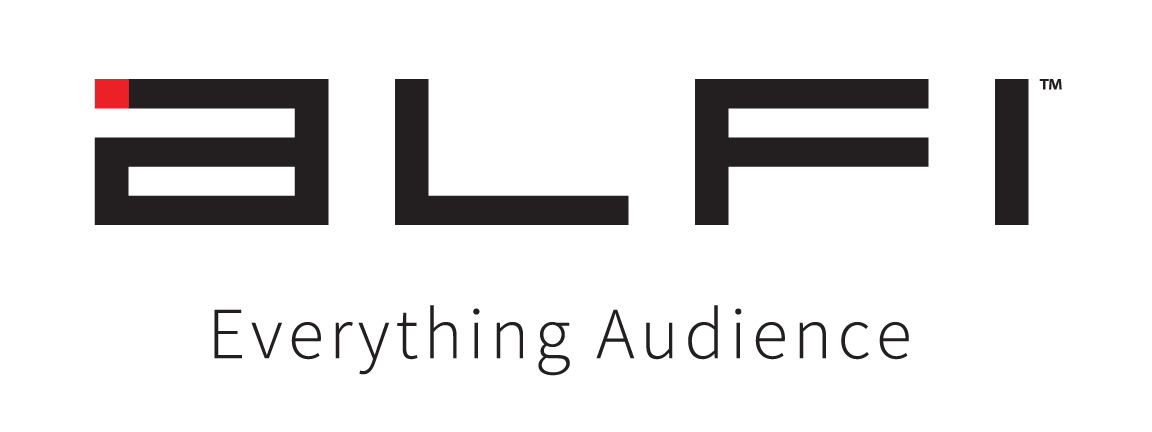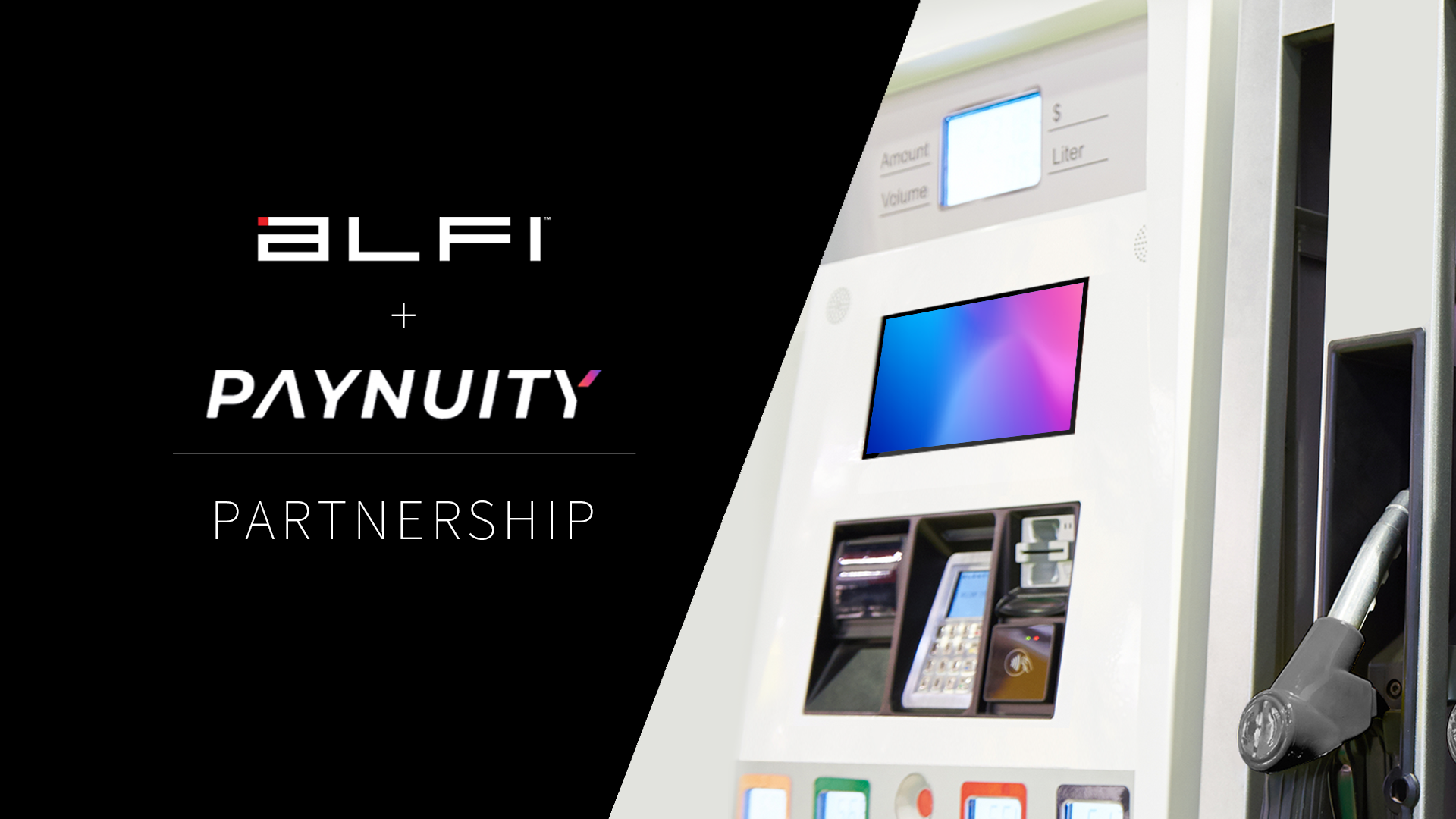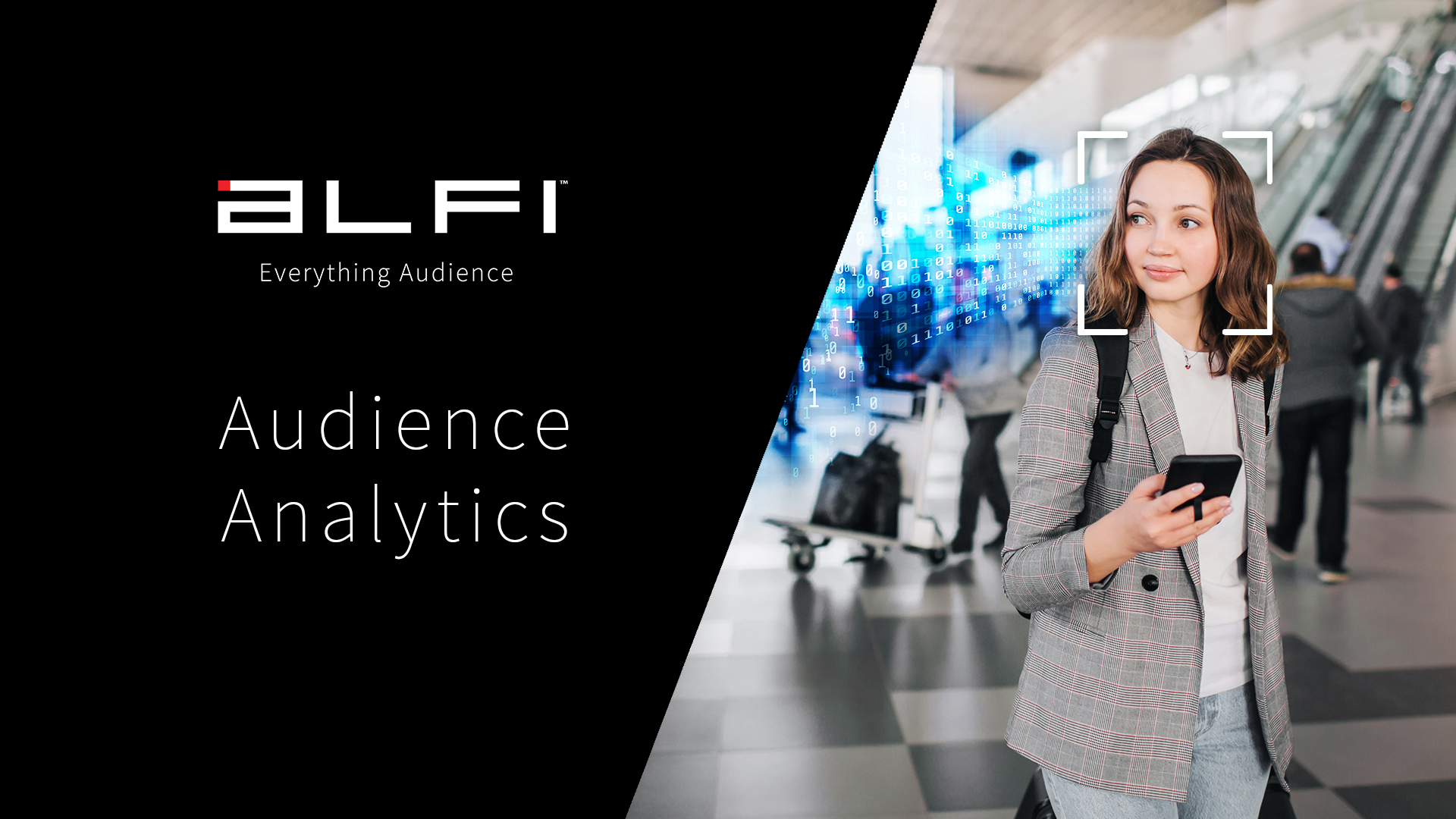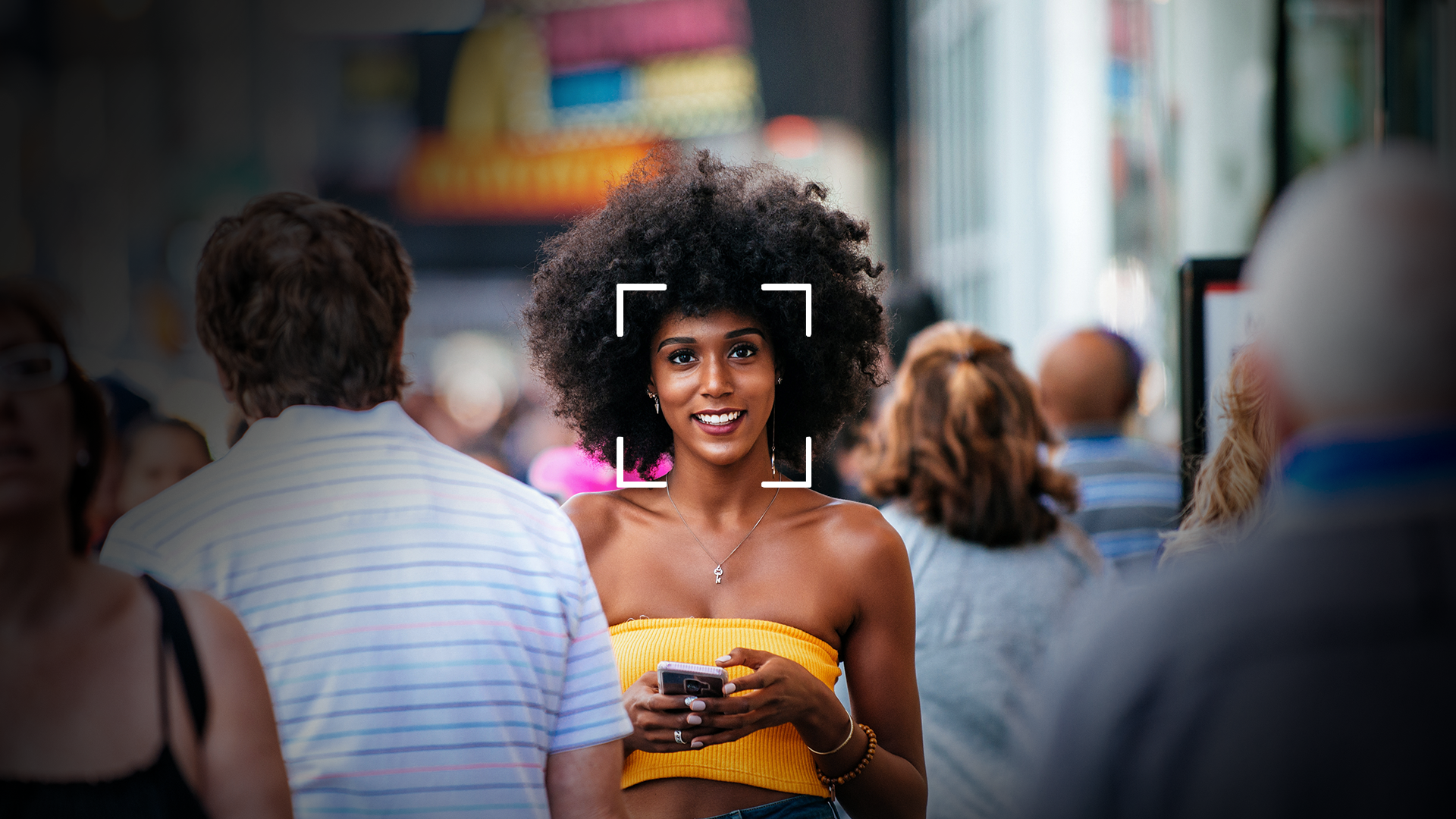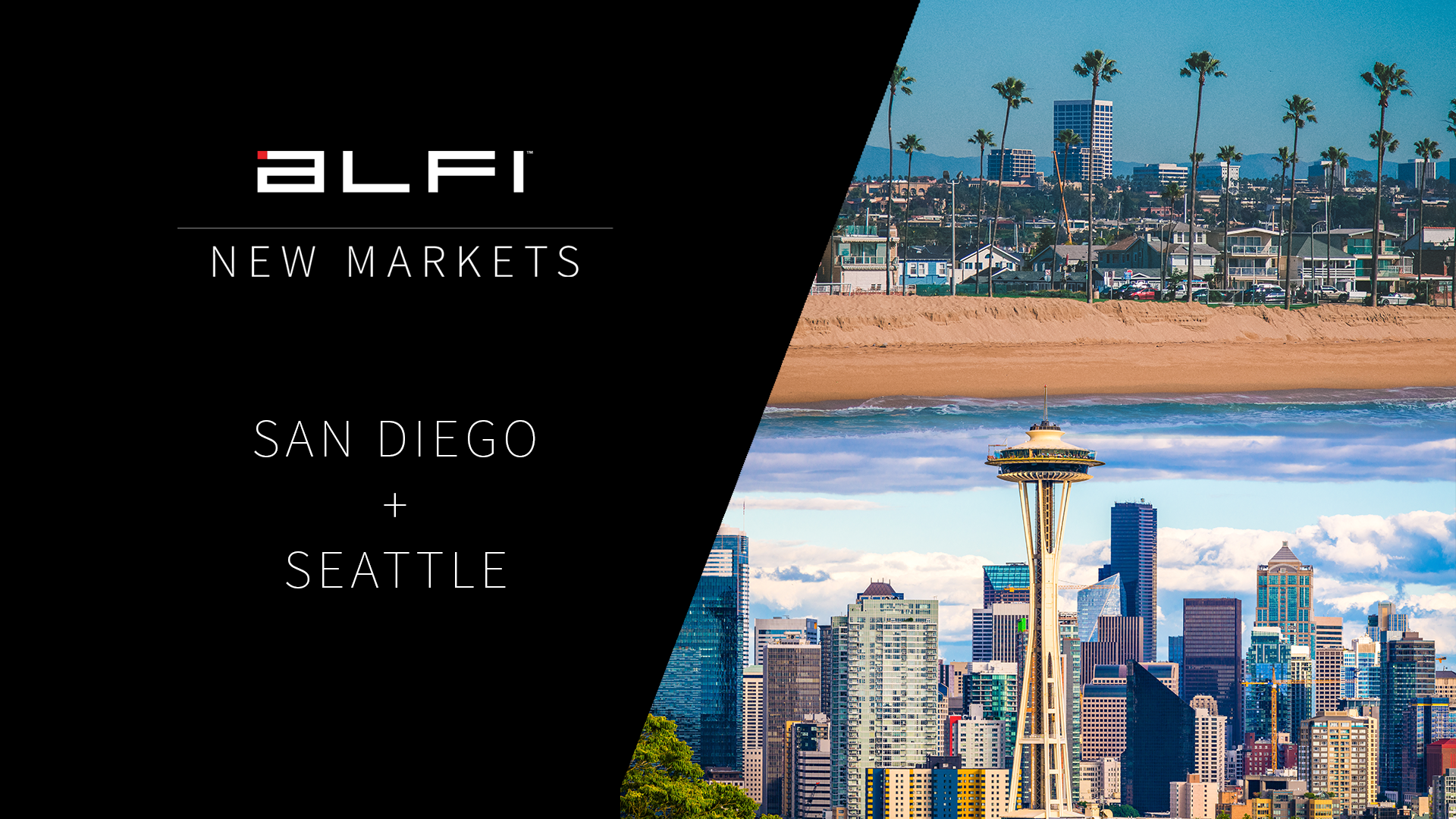It’s becoming increasingly more difficult to reach target customers in this ever-expanding digital world.
In many ways, the job of a media buyer has gotten just as confusing — between the never-ending expansion of digital ad platforms and saturated markets, a large majority of buyers are looking again towards a once traditional medium:
Out of home advertising.
That being said, the out of home advertising industry has been experiencing a surge in recent innovation and efficiency.
In this short guide, we’ll be discussing why more marketers than ever before are leaning towards DOOH campaigns, a general guide for media buyers, the state of DOOH advertising rates in 2020, and the future of the industry.
Why DOOH?
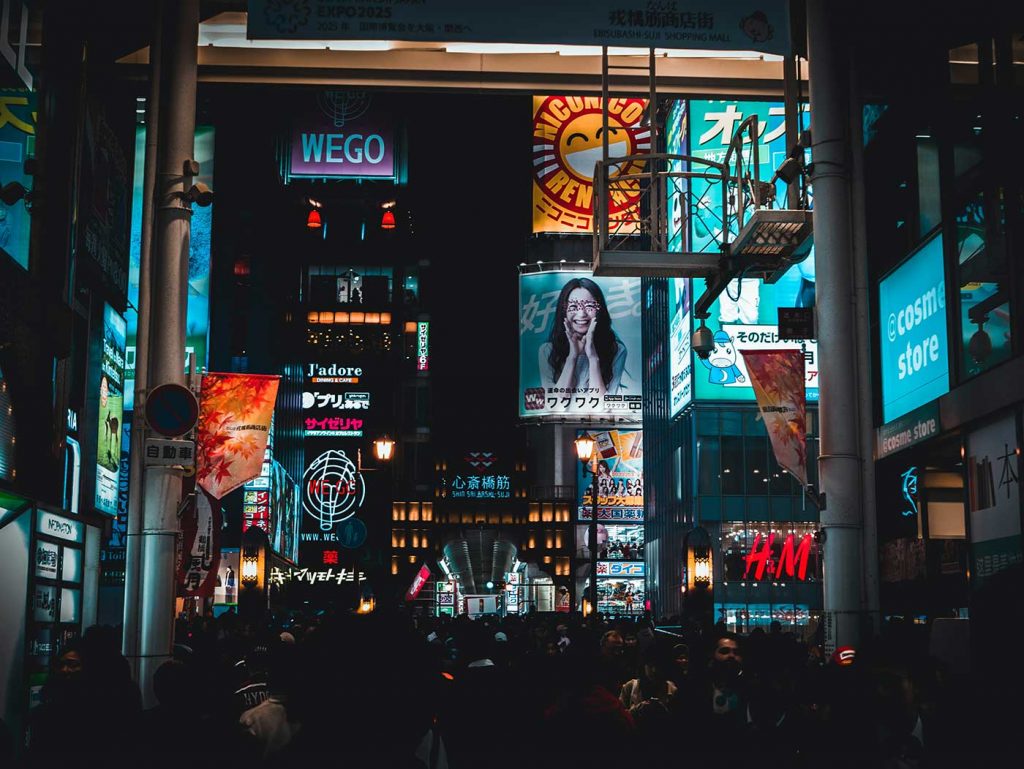
There are a few key reasons why media buyers are either making the switch to DOOH for their campaigns or supplementing their purely digital campaigns with them.
“DOOH is vastly different from the purpose to design of digital ad platforms such as Facebook or Google, but offers a variety of advantages,” says Charles Levy, Media Manager at Alfi. “DOOH as the industry knows it can’t target audiences to the degree that Facebook and Google can, which some may even call intrusive, but it offers an opportunity to target large audiences that can all relate to experiencing the ad in the same way.
DOOH also reaches audiences when they are closest to most purchase points such as retail centers and bars, significantly keeping brands in top of mind consideration and reaching them when they are most likely to engage,” Levy adds.
Let’s run through a few reasons why it’s worth it, now more than ever.
Data, Data, Data
Since DOOH advertising happens in real-time, and away from personal devices (ie phones, laptops), there are many advantages when it comes to data over traditional online ads.
Location data, in particular, is incredibly valuable for media buyers and their clients alike. Through geospatial analysis, you’ll be able to understand the places that your target customers frequently visit, how long they stay there, and where they’re most likely to be in certain times of the day.
Customer Journey
Another reason why DOOH has been so popular as of late is its ability to reach target consumers at multiple touchpoints along the customer journey.
The ability to advertise to consumers when they’re in proper contextual environments, and reach them several times over the course of the day has tremendous impacts on ROI and other KPI’s.
For example, a restaurant targeting a customer with a lunch deal first thing in the morning on a digital kiosk may get some attention — but when that same customer is shown the same ad right when they get out of the gym, is when the conversions happen.
DOOH is spectacular for facilitating and expediting customer journeys because you can literally be in many places at the same time, especially when the customer is most likely to be receptive to advertising.
Less Ad Spend, Greater Results
With the right campaign and targeting, DOOH can be incredibly efficient in terms of ad spend.
With the assistance of smart DOOH platforms such as Alfi, media buyers are able to get a full understanding of the impact of cross-screen exposure on both upper and lower funnel KPI’s.
“Aside from the extensive targeting opportunities, the other significant benefit of digital advertising is the low-cost thanks to cost models such as CPM,” Levy explains. “Alfi being a true hybrid of DOOH and online digital advertising offers this benefit as well, a significant industry shift in how OOH is operated.
“Thanks to Alfi’s advanced AI and technology, impressions on our DOOH units can be confirmed as viewed when our system detects audience behavior, as well as their demographics.”
Additionally, with more and more DOOH campaigns including some type of “digital footprint” to follow the customer from point of exposure, to point of conversion, it’s never been easier to show and prove concrete ROI results.
Types of DOOH
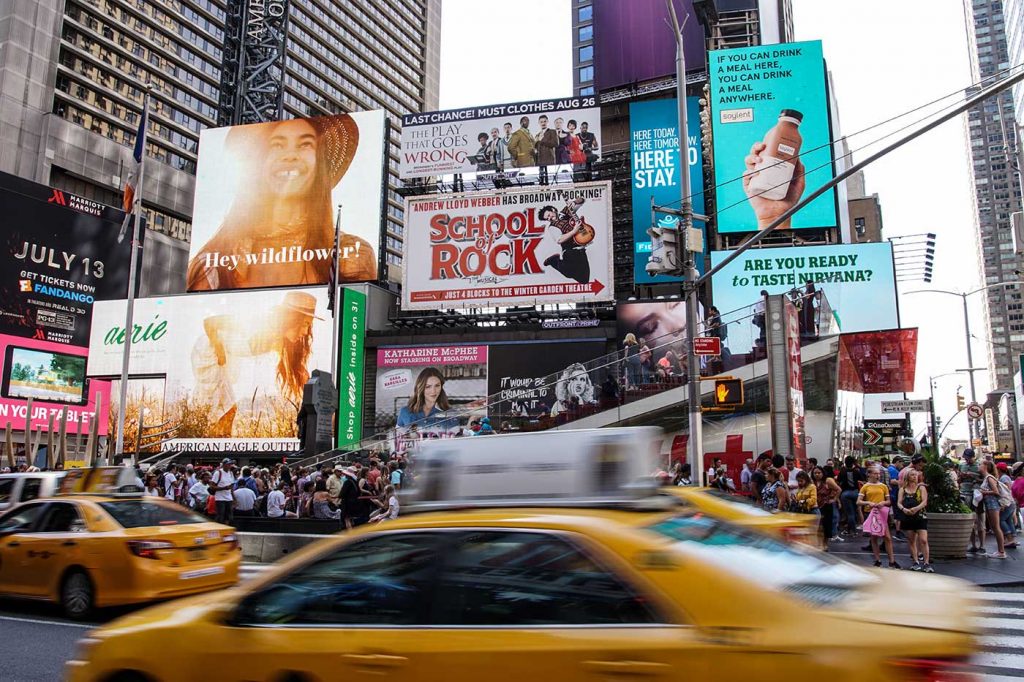
Whether you’re a first-time DOOH media buyer, or simply looking to increase the efficiency of your campaigns, it starts with the same first step:
Understanding the different types of DOOH ads and their respective benefits.
Let’s walk through a few.
- Digital Billboard / Large format
The most popular type of DOOH ad (and the type you’re probably most familiar with) is large format billboards and signs.
These types of ads are typically seen on highways, large cities, and other densely populated areas.
Digital billboards work great for top of the funnel advertising campaigns as they typically reach the highest levels in terms of exposure and impressions due to the high traffic areas.
While most consumers won’t be in a position to act upon a digital billboard campaign in that exact moment (they’re most likely to be driving), they’re great for gaining exposure to a particular campaign or brand that you can then later retarget.
- Digital public/venue (bus stops, mall/airport kiosks, retail)
The next most popular type of DOOH campaigns are typically found in public venues.
Kiosks in shopping centers, on city streets, smaller billboards in subway stations, etc.
These types of advertisements are typically more intimate and are good for reaching consumers when they’re susceptible to advertising. For example, a customer waiting for their train in a subway is more likely to download an app to use on their ride, than someone driving past a sign at 90mph.
- Custom / New (Rideshare advertising, guerrilla advertising)
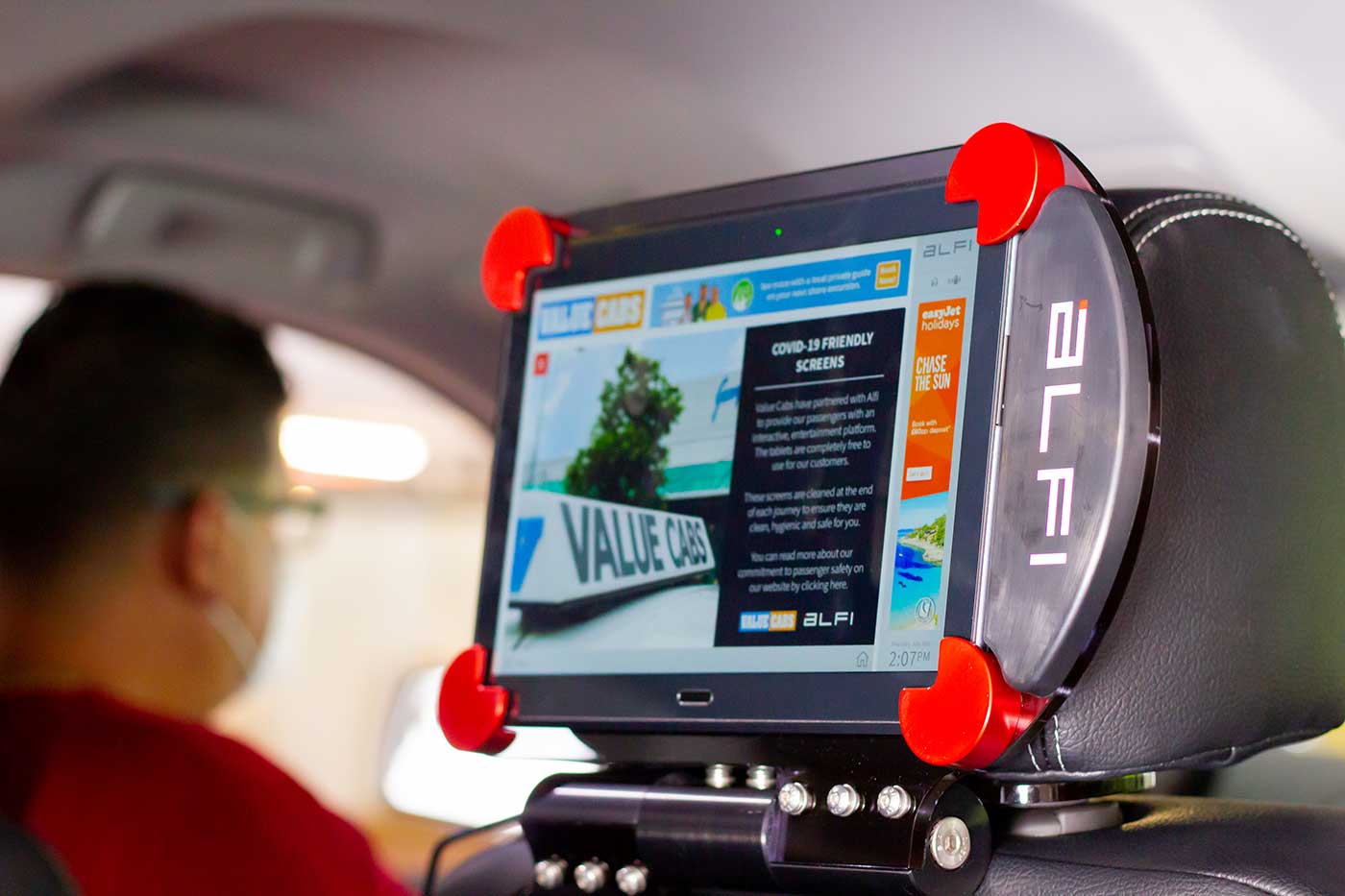
As new technology emerges, many industries, including DOOH, continue to be innovated upon.
For example, DOOH platform Alfi has taken advantage of the popularity surge of rideshare services (Uber, Lyft, etc.) and has been able to implement DOOH systems into the back of cars.
Custom solutions like this are just one of many reasons why DOOH is not just an industry of the past, but one constantly being built for our futures.
- DOOH on Boats –
Moving away from far less viewable and noisier plane banner ads, companies such as Ballyhoo Media are shifting how advertising is viewed on the beach and other waterfronts.
- Car Top Ads
Making DOOH go mobile, companies like Firefly are adding digital signage on top of vehicles to offer more audience penetration and visibility throughout a city
- Projected, temporary OOH ads
Sometimes a temporary approach will leave a lasting impression. Companies such as TruClear Global allows brands to tell compelling stories in locations not typically utilized for communication, creating visually beautiful experiences.
While many DOOH companies have broken the industry mold over recent years, Alfi has taken some of the best qualities of those and added their own unique technology to rethink how the ads will be strategized in the future.
The genius of Alfi is behind it’s AI, machine learning, and computer vision models, allowing for the first time for audiences to be targeted in real-time based on their behavior and physical demographics. Brands can now not only be sure of how effective their Out-of-Home ad is at getting attention, but also collect valuable audience data to get true insight on who is paying attention.
Typical Rates And Buying Practices
Let’s take a look at the typical rates and current buying practices for DOOH ads.
DOOH is a very cost-effective method of advertising for media buyers. DOOH campaigns are typically priced based on slot-based pricing. Slot based pricing is simply when each time spot in a DOOH platform has a flat advertising rate.
Alfi, however, runs on a CPM model. Currently, the average advertising rate for campaigns is in the range of $1.50 – $5.21, versus the average CPM for Facebook ads at $7.19. The hyper-focused targeting delivering a specific message to a specific group of people is what makes DOOH so affordable.
Other types of pricing models for outdoor campaigns include a campaign based pricing, where campaign-based models typically have a set goal (ex: a specific number of impressions)
How are DOOH ads typically bought?
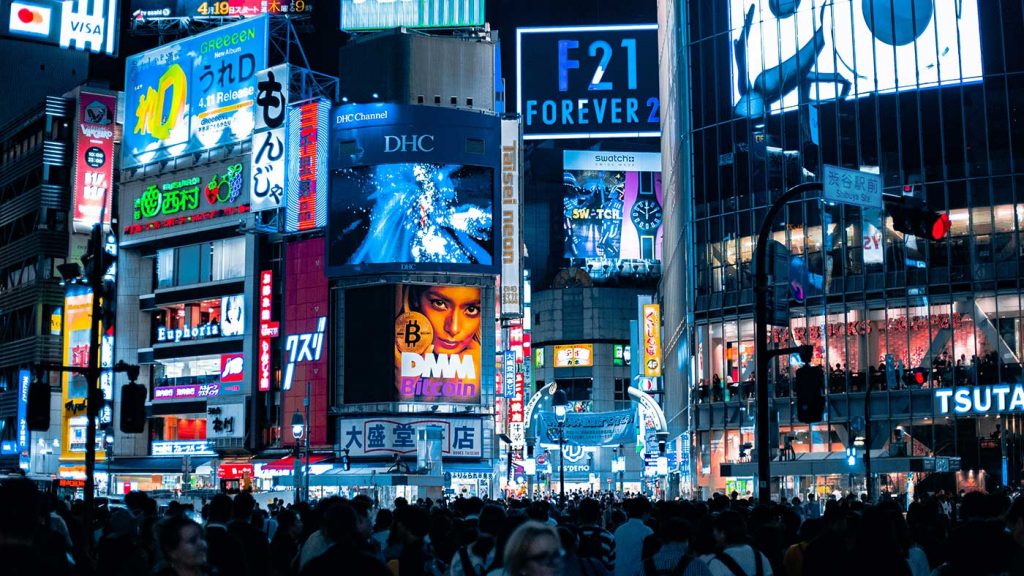
DOOH campaigns are usually bought on a weekly basis, with the standard duration of a campaign being around 4 weeks.
DOOH ads are bought by the time slot, typically from a media broker which then purchases the ad from the DOOH media companies, although upcoming platforms in the space are making ad purchasing even more streamlined.
A typical digital billboard has six to eight slots in a rotating loop, with each slot being displayed for around 8 to 10 seconds. To gain larger exposure in particular locations, media buyers can buy multiple slots within the same loop.
What is the typical behavior of a campaign?
DOOH media plans and behavior depend on several different factors. Dayparting, the predicted geo-location of their targeted audience, and weather are just a few factors media buyers face when planning out their DOOH campaign.
Traditionally, out-of-home media plans are created based on four strategic factors:
- Proximity to point-of-interest (How far the ad is from a retail location, for example)
- Contextual relevance (The environment the ads are being placed in)
- Network (The network of DOOH platforms that the campaign is being displayed on)
- Demographics (The forecasted demographics of consumers in target areas).
As new data sets and tools continue to emerge to more accurately predict and describe consumer behavior, media buyers will be able to utilize more sophisticated targeting strategies to reach their target audiences.
Emerging Tech — Future of DOOH
The future of DOOH relies largely on the tech being built around it in regards to analytics, automation, and computer vision.
Programmatic Buying
Programmatic advertising is the automated buying and selling of online advertising, so advertisers are only paying for ads that are delivered to the right people, at the right time.
Digital out of home and programmatic blends perfectly together as it gives advertisers the ability to automatically adjust their campaigns in real-time, depending on demographics, and company goals.
Analytical Reporting
Alfi offers a host of benefits over traditional out-of-home advertising including real-time engagement, performance, and reliability. By providing the data behind every impression, Alfi promotes accountability and transparency by only charging customers for the ads that have actually been seen.
How Alfi’s Empowering Media Buyers
Alfi is building the future of DOOH advertising, by building tools that empower media buyers to reach their exact target market, at the right time, for a fraction of the cost.
Our platform does so by pairing powerful computer vision with AI and machine learning models to display your clients ads only to their target customers when they’re most susceptible to making buying decisions.
What computer vision is, in a nutshell, is the ability for DOOH platforms to capture demographic and behavioral data of consumers viewing DOOH ads in real-time to increase the accuracy and effectiveness of targeting.
Alfi offers the precision of Google & FB targeting for DOOH, giving media buyers complete control over the campaigns they run for their clients; from dialing down on a specific demographic, to intelligent ad purchasing.
About ALFI
Alfi is an AI enterprise SaaS platform primarily serving current media buyers and publishers, helping them take their DOOH marketing efforts to the next level for their clients by optimizing CTR with intelligent targeting and smart spending.
Powered by computer vision with machine learning models, deep learning, and AI to deliver the right content, to the right person at the right time in a respectful and ethical manner.
Starting operations in 2018, our platform was born with the mission to content publishers and brand owners to deliver interactive, intelligent information without violating user privacy.
Alfi has made it a priority to be fully GDPR and CCPA privacy compliant by never storing cookies, personal data, and information, and facial images.
Ready to combine intelligent data to take your outdoor advertising experience to the next level? Chat with an Alfi representative today.
